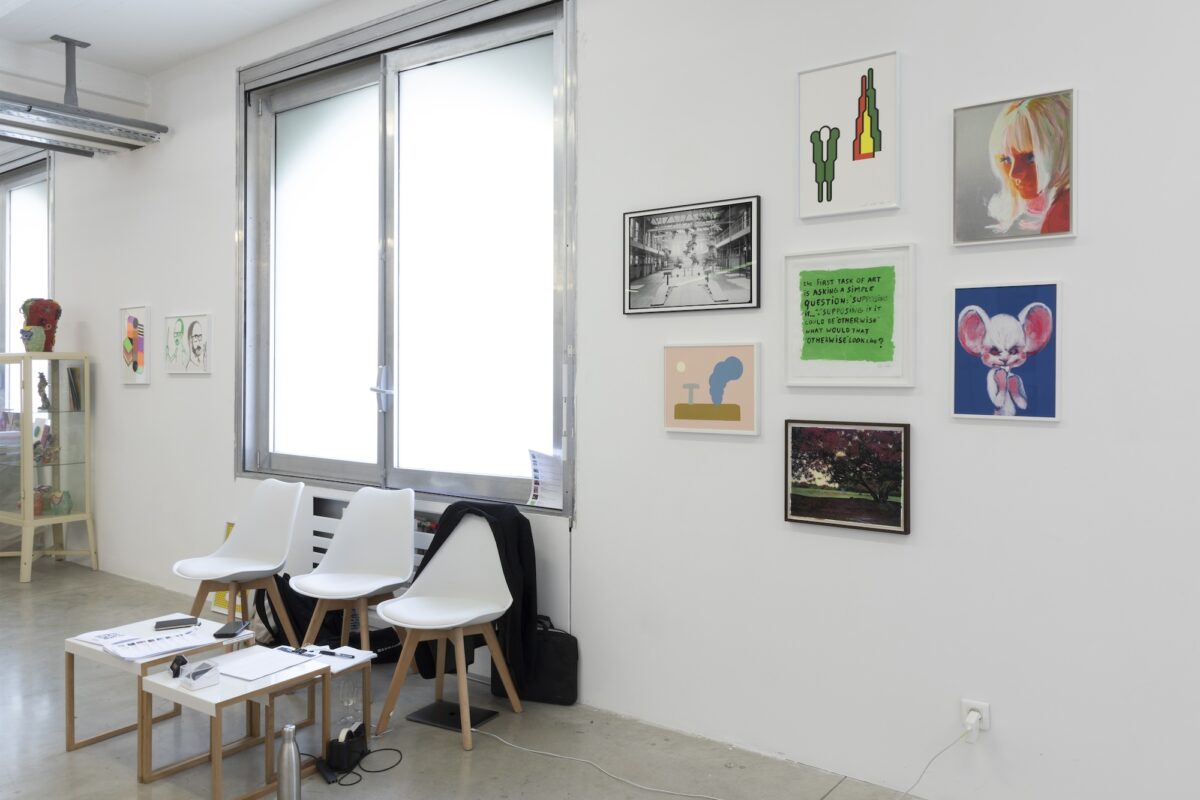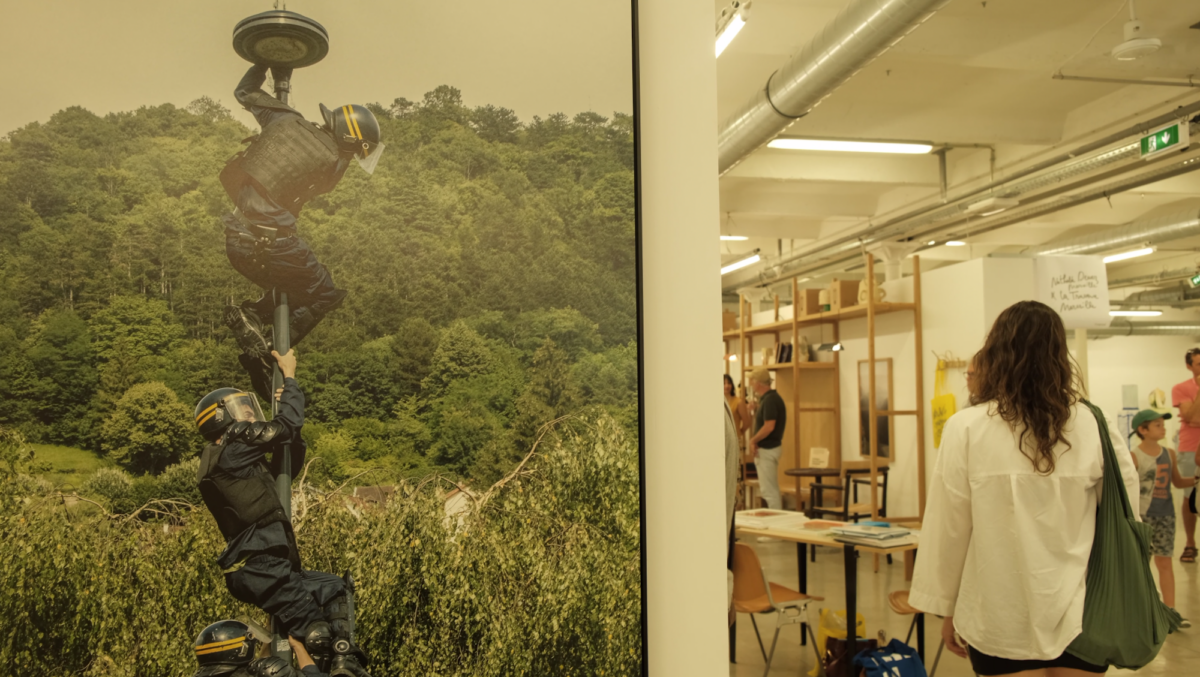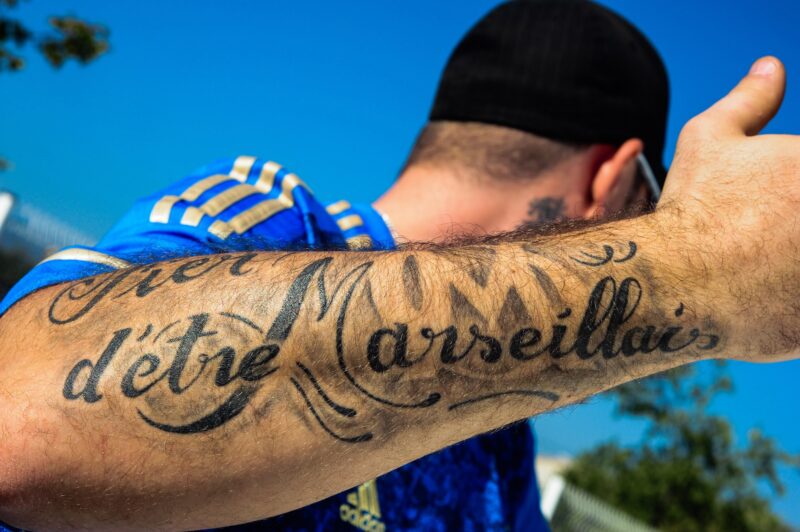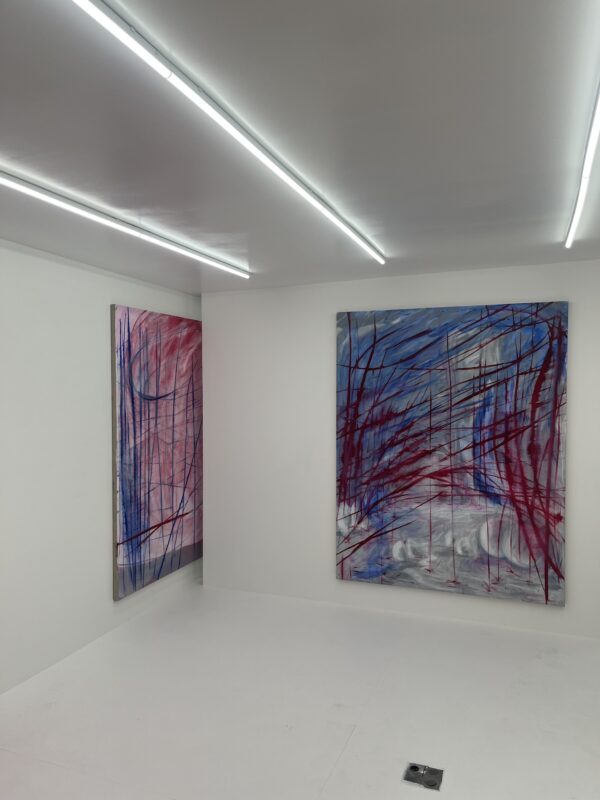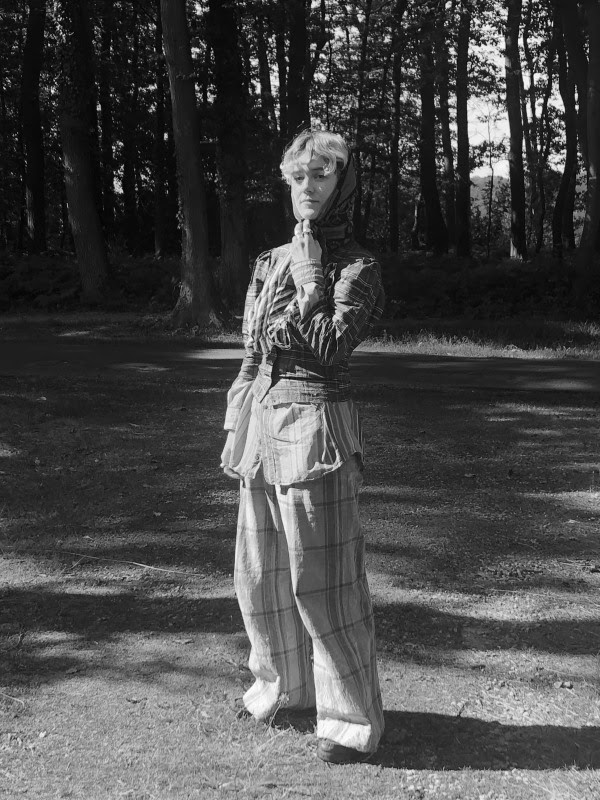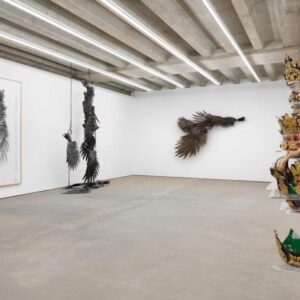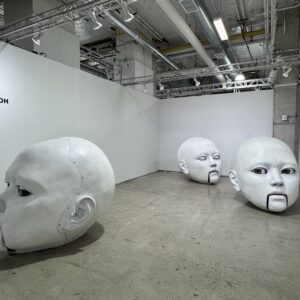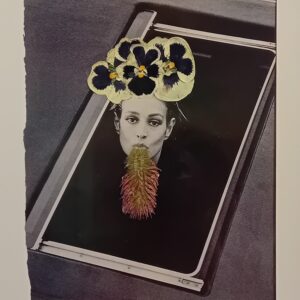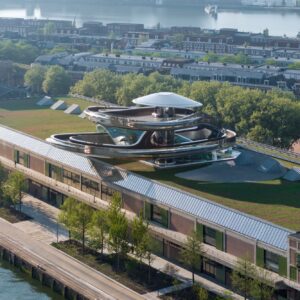For some reason, Art-o-Rama – an art fair in the southern French city of Marseille – has three Google reviews, including a one-star labelling it for “pseudo fashion intellectuals” and those “armed with easy money”. Meanwhile, Artnet calls it “Europe’s most relaxed art fair,” perhaps because of its seaside locale and, being at the end of August, catching collectors transiting back from the coast.
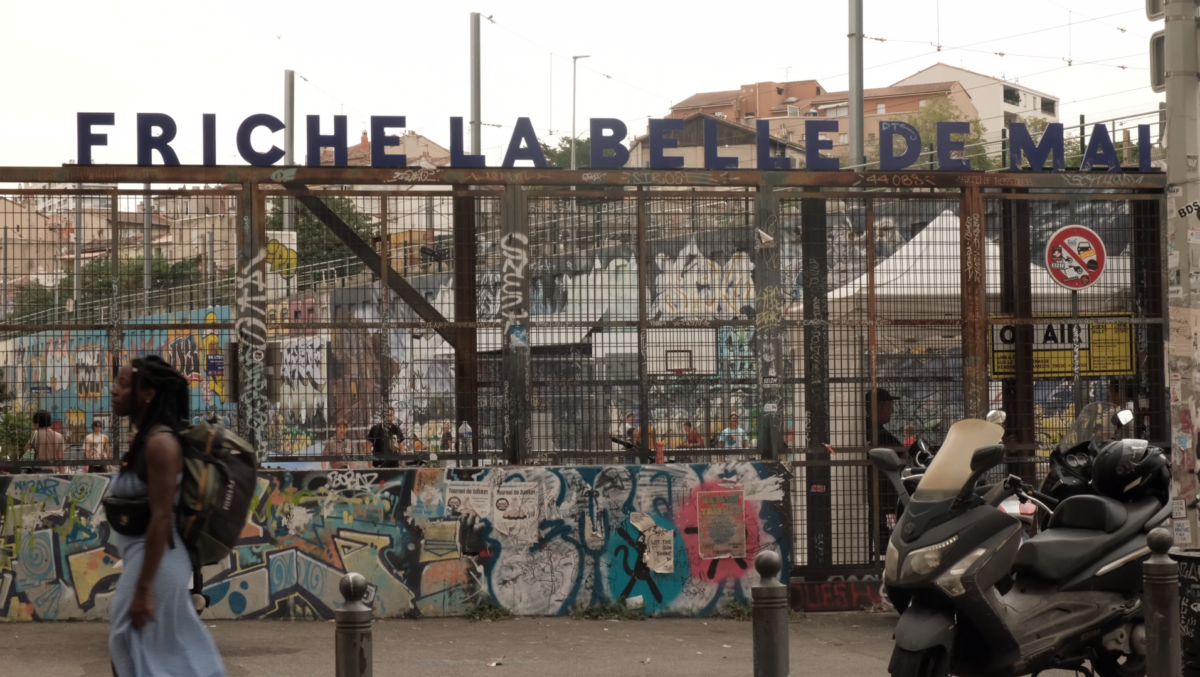
More specifically, it’s laid-back because in France it’s the start of La Rentrée: the final days of holidays as schools and businesses start to reopen. Under these circumstances, Art-o-Rama latches onto a brief interaction of work and play. Too, for the visitor, Marseille has something discoverable about it, unhinged from pressures consuming capitals like Paris. And rather than a venue in a major city you’ve heard about to death, Art-o-Rama inhabits the novel Friche la Belle de Mai – a 45000m2 graffitied arts precinct in a former factory. All these conditions exude a curiosity that’s ideal for looking at art.

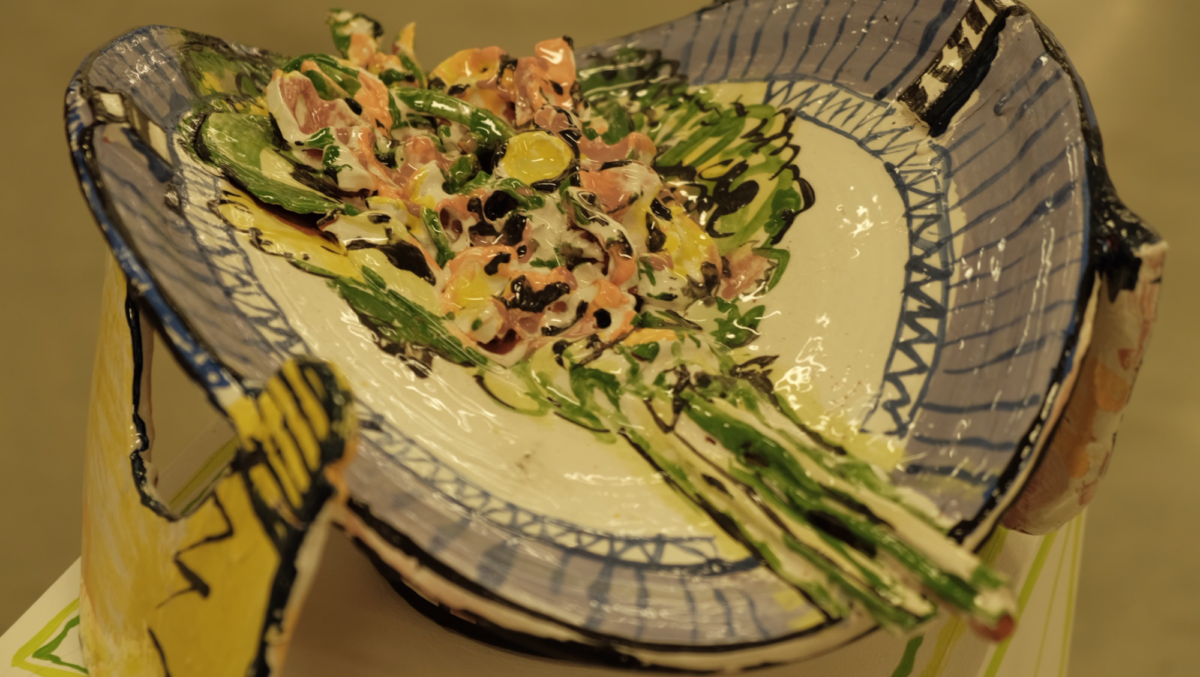
The 18th edition of the fair was split in two within this mega-venue. On day one, I saw Edition & Design & Showroom, dedicated to publishers, artists, designers and recipients of the Prix Région Sud. It included installations like François Bauer’s Le Jardin Extraordinaire, lucid and delightful ceramics that seemed drawn in the air.
Alongside themes of textile experimentation, there was also a throughline of narrative-driven booths, featuring the likes of a purplish post-rain landscape by Marie Bovo represented by Tchikebe, a black-and-white image of boiled eggs on a pretty tablecloth by Turkish photographer and photojournalist Sener Yilmaz Aslan and a photograph of police doing aerobics on a grasspatch by Berlin-based Brad Downey. Edition & Design & Showroom felt spacious, tactile yet affecting – like the sea breeze easing through the windows.
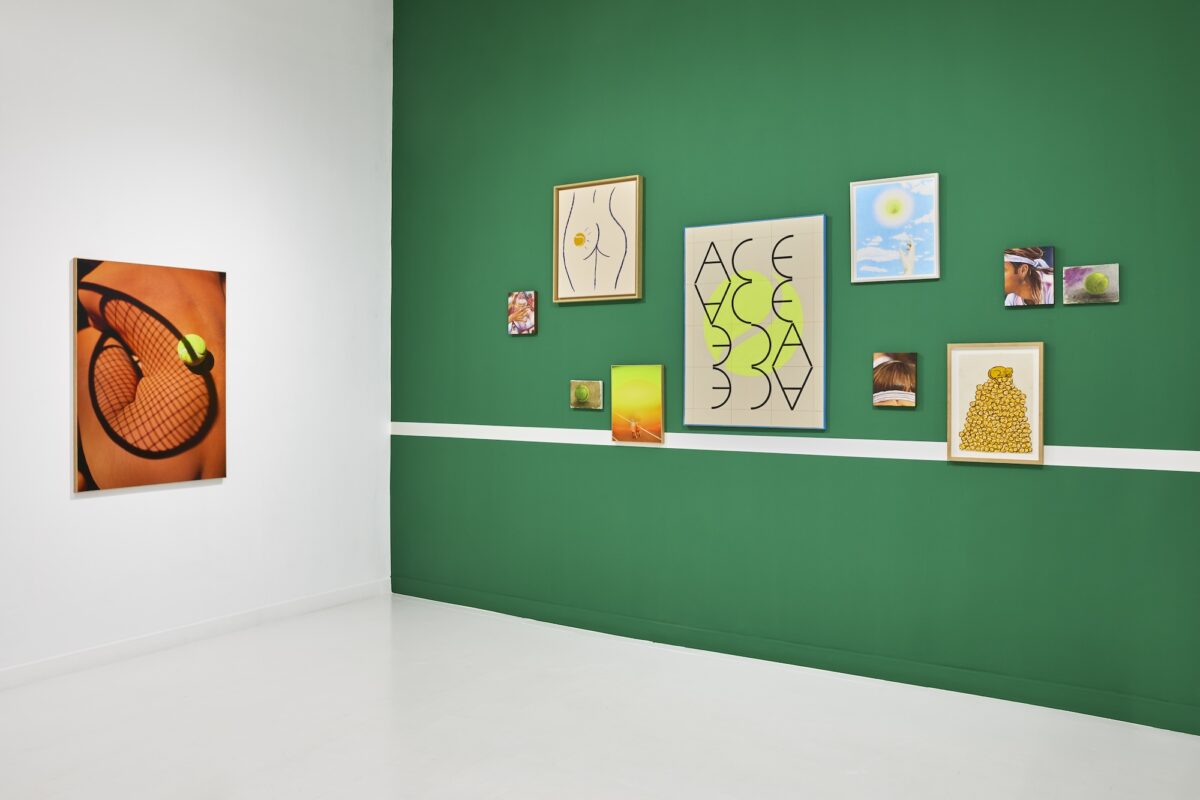
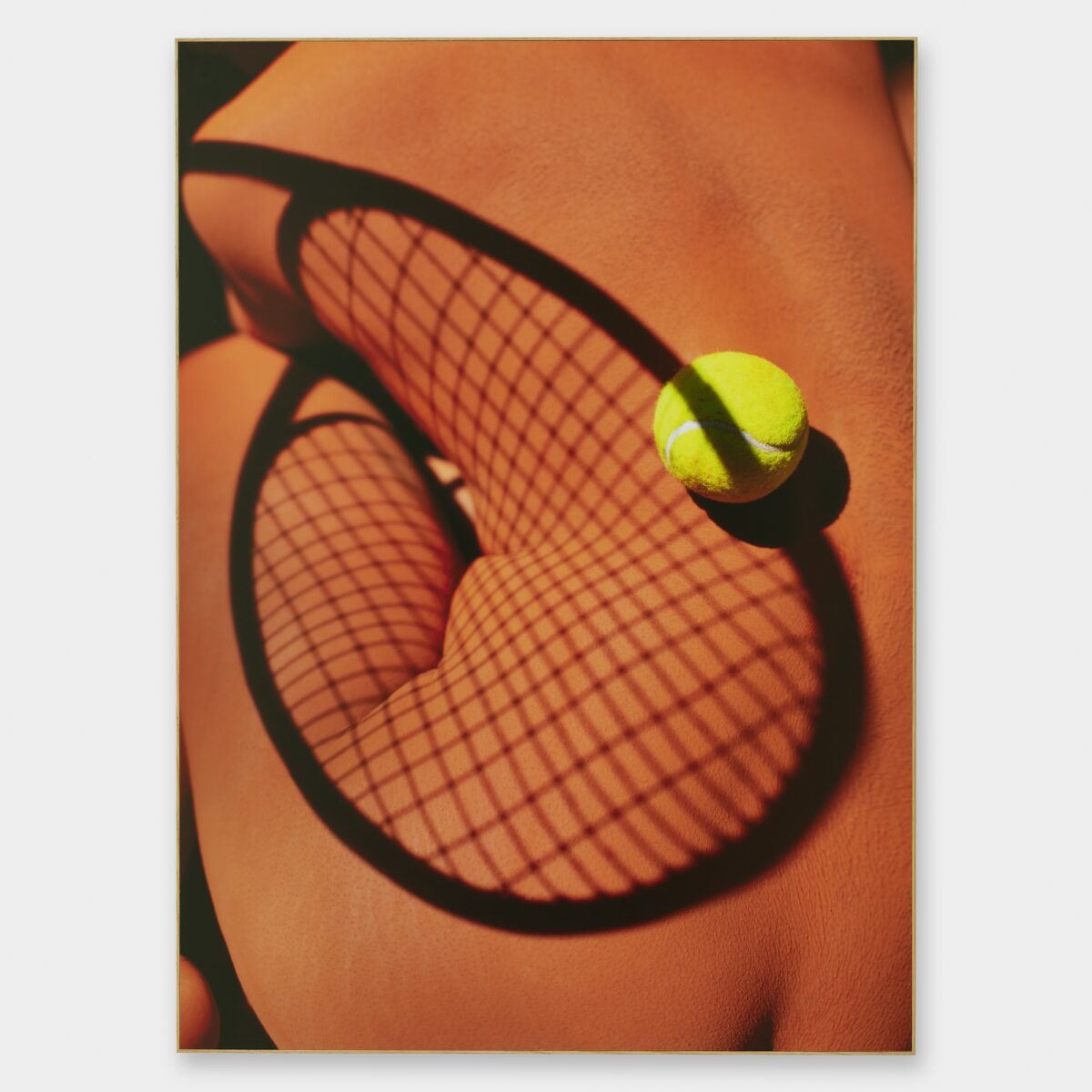
Despite ample space at Friche la Belle de Mai, Art-o-Rama didn’t hoard its art-lovers. Audiences could exert themselves with a bursting programme showcasing Marseille’s art scene. On the Saturday evening, I walked Gallery Night, curated by gallery-network PAC. Its map guided me into small art spaces around the city, a journey of discovery that also made me the object of side-eye as a quiet solo outsider looking at art rather than sipping wine and yapping with artsy locals attending the vernissages (however, shout-out to Double V’s butt-tennis themed exhibition).
The next morning, I visited Musée Cantini, who also partook in Art-o-Rama’s programming with a potent photography exhibition and significant permanent collection. Located in a former private mansion, its 20th-century French art gave context to the 21st-century art close by at the fair. Not that day, but after the weekend, I also visited MUCEM, a decade-old national museum built on the sea. Afterwards, I did something I could never do in Paris or in most capitals that host fairs. I took a bus to the beach and swam for an hour, thinking about the art I’d seen, or nothing at all.

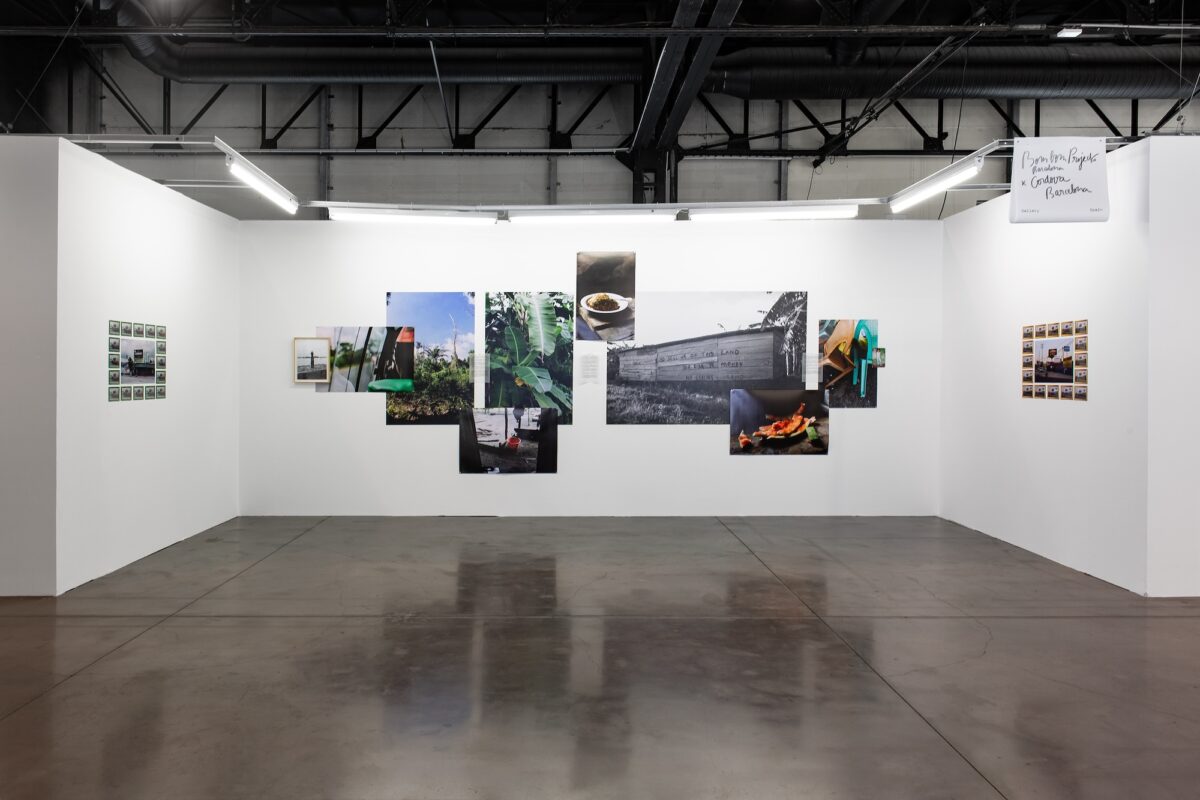
But, actually after Cantini, I returned to Friche la Belle de Mai for the meat of Art-o-Rama: some 40 galleries from 15 countries. Like Edition & Design & Showroom, this area had something breathy about it – perhaps because of a focus on young artists. Ethereal paintings from London’s Sherbet Green, documentary-like photography from Barcelona’s Bombon Projects and peculiar sculptures from Paris’ DS Galerie held to this tone. But, as well, there were plenty of derivative, overly-earnest works that fell flat as well as art so photogenic that it looked made for Instagram-only. Like the Google reviewer said, the fair veers to the pseudo-intellectual, which can be off-putting for the viewer.
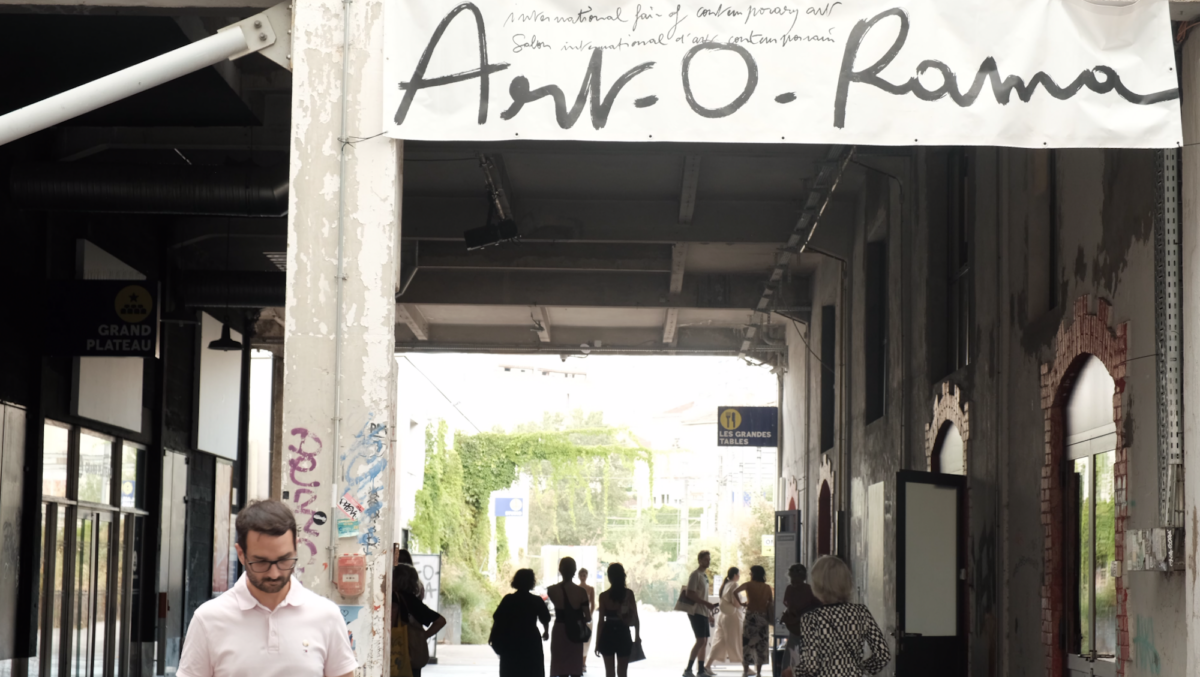
But, as our Google reviewer also pointed out, this is its audience. Both of the fair spaces weren’t busy outside of flocking art students, promenading couples draped in linen and silent gallerists on their Macbooks. You’d do well to find a review of Art-o-Rama, or any art event in Marseille, not referencing the city’s socioeconomic status, but that’s of no concern here outside of pointing out the fair’s exclusivity. Taking the bus to La Friche de la Mai reminded me of taking the bus to MONA in Hobart, Australia – the people next to you on public transport, the city’s true communities, were not disembarking to go inside its hot art venue. In fact, the press release itself celebrates the economic appeal of bringing collectors into the city for the fair. It serves a purpose. Artists need financial attention.
That’s only a slight criticism of one part of the fair, as it was versatile otherwise. The two on-site fair panels I attended had flavour: one with bright art professionals talking about labour and money and asking for less of the former and more of the latter and the second, a disorientingly abstract Jean-Luc Godard film screening. The provocative closing event, too, deserves mention. On a hill over the port, Palais du Pharo was lit blue for Bella’s Inferno. Inspired by Divine Comedy, the performance led by Régina Demina and curated by Emmanuelle Luciani was ancient, hypermodern and fantastical all at once while, at the same time, placing you within a cool rave.
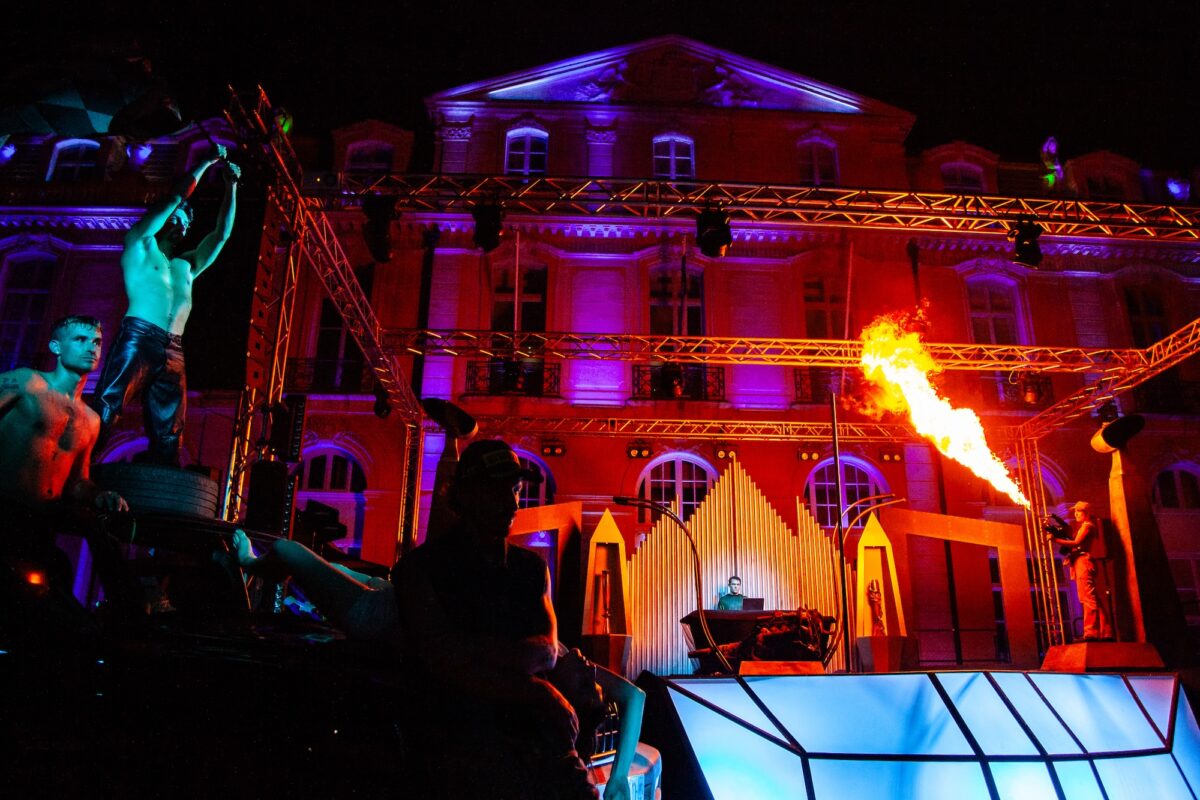
A closing event is usually an obligatory tick, not a highlight. But it flags that Art-o-Rama could become an art festival, keeping the fair as a piece of it. With its ambitious programming, buzzy art scene and soothing sea breeze, it could expand on its core character. It could be a moment on the tip of summer for all those unencumbered and still alert from the sun ready to start the year by indulging in art someplace a little more free.
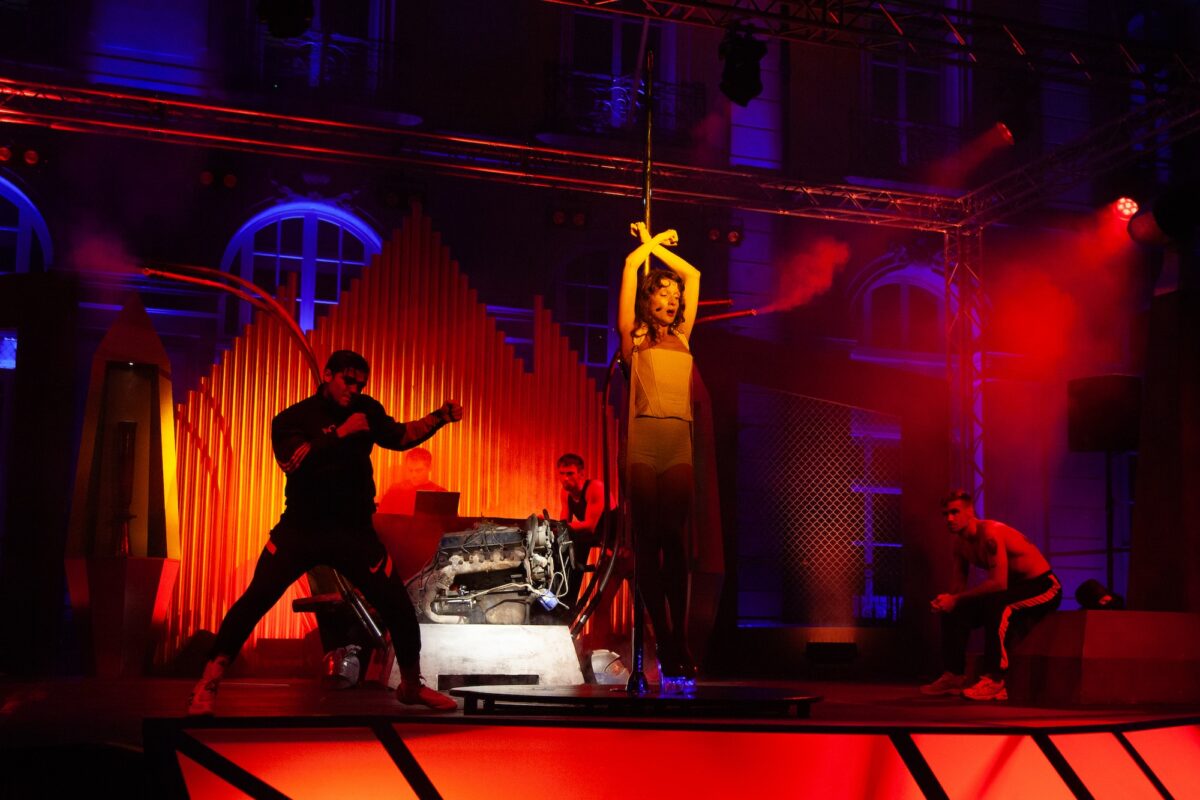
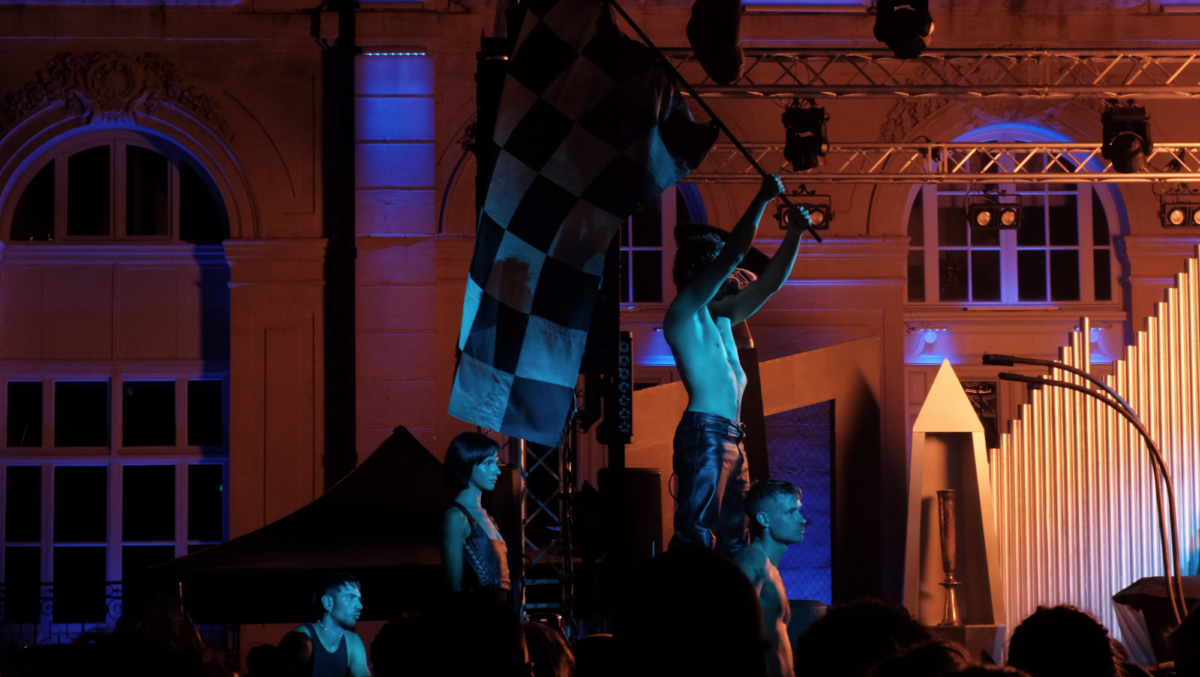
MORE: art-o-rama.fr
